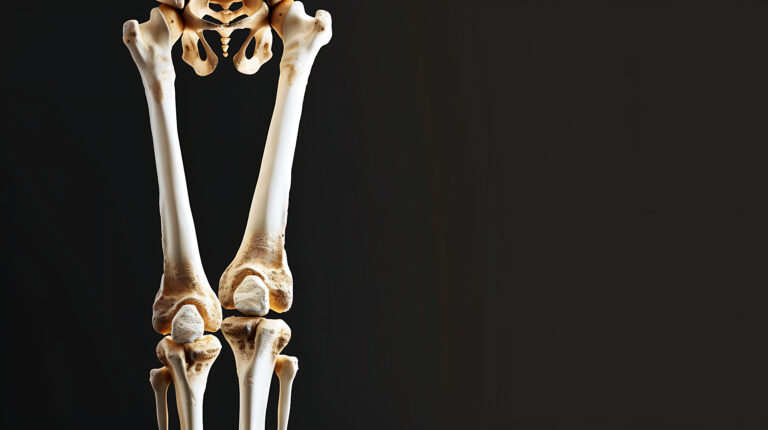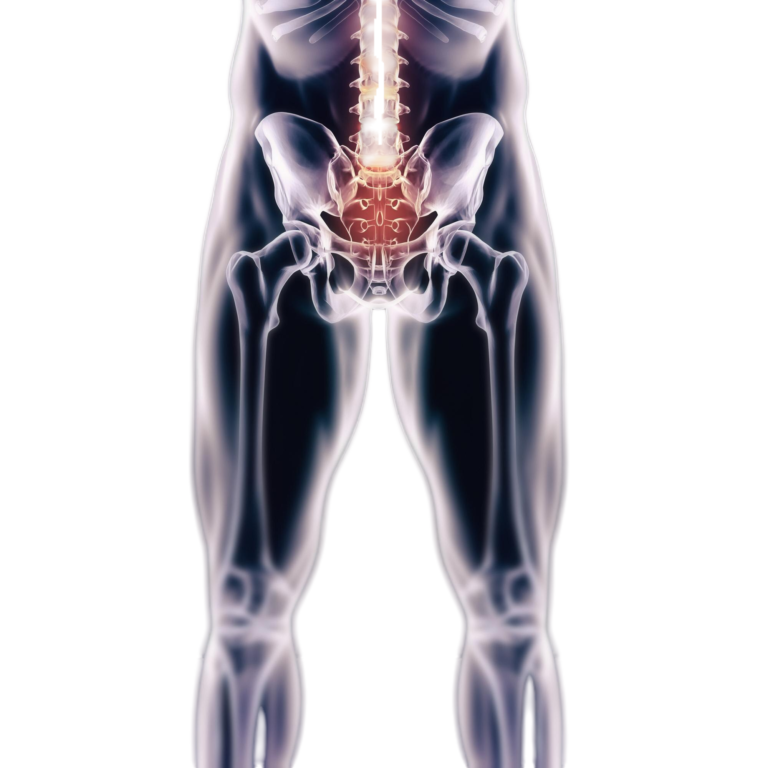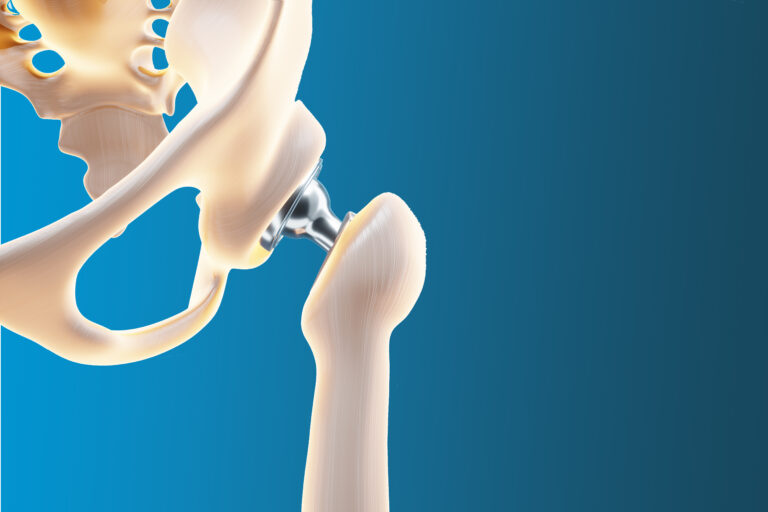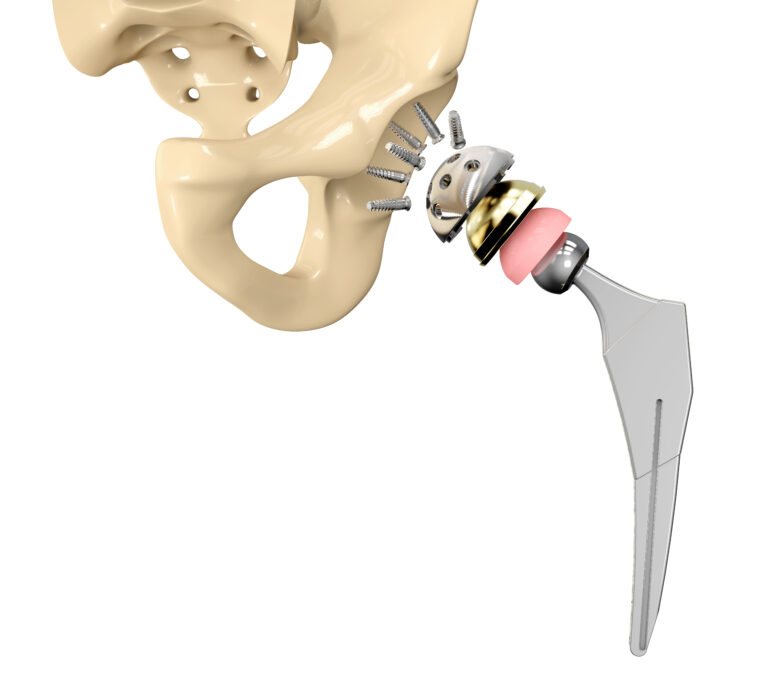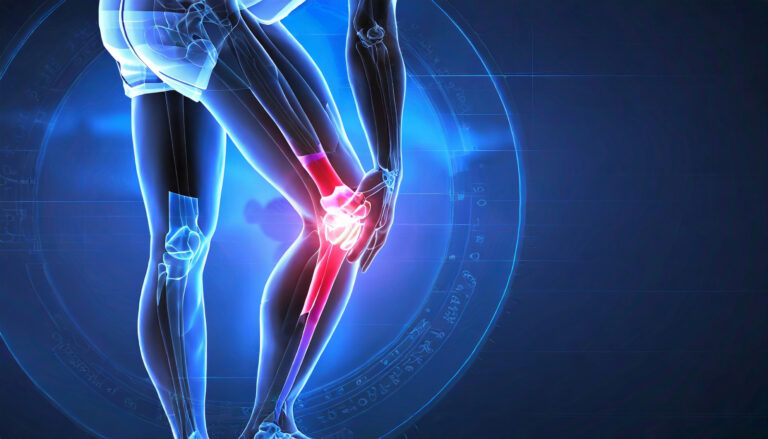Many individuals have heard of hip osteoarthritis, but they frequently don’t completely comprehend it. It’s an issue that creates stiffness and pain in your hip joints. Although it is more prevalent in older folks, persons of all ages can be affected by it. Let us examine the definition of hip osteoarthritis, its causes, and warning signs.
Hip Osteoarthritis Causes
When the tissues that make up the hip cartilage deteriorate over time, hip osteoarthritis results. Hip osteoarthritis can be caused by a number of circumstances, and successful management and prevention require an awareness of these causes. Let’s take a closer look at the main reasons:
- Wear and Tear Due to Age: The aging process is one of the most frequent causes of hip osteoarthritis. The cartilage that surrounds our hip joints may progressively deteriorate with age. Osteoarthritis may arise as a result of this age-related wear and strain. It is crucial to remember that hip osteoarthritis can strike anyone at any age, even though aging is a major risk factor.
- Genetic Elements: Genetics can play a role in the development of hip osteoarthritis. If you have a family history of osteoarthritis, you may be genetically predisposed to the condition. Certain genetic traits can affect the structure and stability of your joints, increasing the likelihood of osteoarthritis development.
- Components of Lifestyle and Obesity: The hip joints are subjected to additional strain when one is overweight. The likelihood of getting osteoarthritis increases with the amount of weight the hips must sustain. To further increase the risk, a sedentary lifestyle with little exercise can exacerbate joint stiffness and muscular weakness.
- Joint Damage and Injuries: Hip osteoarthritis can result from prior hip injuries or trauma, even if the accident happened years before. Joint injuries such as dislocations and fractures can: cause long-term harm and instability in the joints, contribute to osteoarthritis development
- Overindulgence in Repeated Motion: Repetitive hip movements in certain activities or jobs can cause the joint to become overused and strained. Because athletes and those in physically demanding jobs put their hip joints under constant stress, they may be more susceptible to hip osteoarthritis.
- Birth Defects: Congenital defects or anatomical problems that exist from birth may occasionally put a person at risk for developing hip osteoarthritis. Over time, more wear and tear may result from these anomalies impact on the hip joint’s stability and alignment.
Knowing these reasons enables people to take preventative measures, like:
- Keeping a healthy weight
- Maintaining an active lifestyle
- Obtaining medical care for wounds
Effective management of this disorder can be greatly aided by early intervention and lifestyle modifications.
To stop the illness from getting worse, it’s critical to identify these signs as soon as possible and get medical assistance. By being aware of these symptoms, people can effectively manage their hip osteoarthritis by taking preventive measures.
Disclaimer: The information provided in this blog post is for general informational purposes only and should not be considered professional advice. Before making any health-related decisions, consult with a qualified healthcare professional. The content is not a substitute for medical advice, and individual results may vary. The author and website are not responsible for any consequences arising from the use of the information provided. Use your best judgment and seek professional advice when needed.

